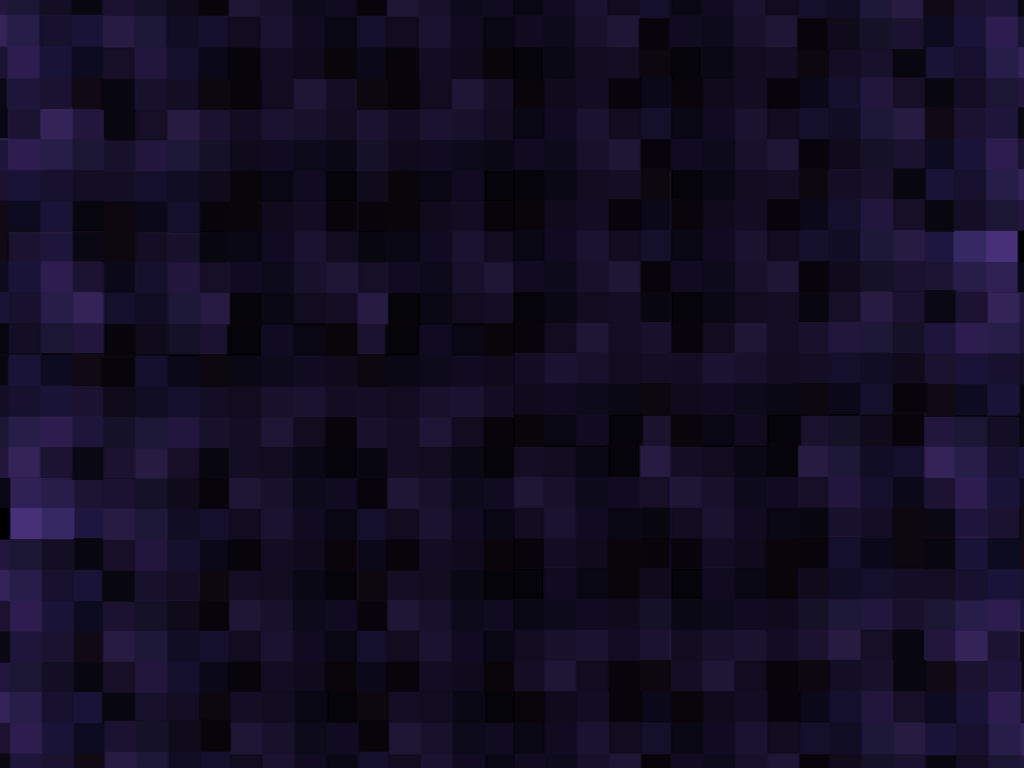Back to Press
Deeper Into the Dance: A Showcase of Artist Molissa Fenley
Steve Ha, Seattle Dances
December 19, 2010
Last night at the Fremont Abbey Arts Center, a wondrous event took place in which internationally acclaimed and award winning modern dance choreographer Molissa Fenley performed two solo works, accompanied by a preview of a dance being set on members of the Seattle Dance Project. In a post-performance conversation with Artistic Director of Pacific Northwest Ballet, Peter Boal, Fenley offered fascinating insights into her work and invited the audience to be clued into the process behind the creation of her innovative dances. Boal and Fenley could not have come from more different backgrounds; he the regal ballet dancer whose lifeblood is a world of musical expression and technical virtuosity, and she the contemporary artist who began in college, creating works grounded in intuition and profound thought. However, the mutual respect between them was clear (he mentioned going to her performances on nights off from the New York City Ballet and she saw him dance with the company on many occasions) and it is by virtue of that friendship bridges between their art forms have been built, contributing to the mission of cultivating a more worldly dance community.
The evening began with Planes of Air, the work in progress for Seattle Dance Project, as performed by Seattle Dance Project company members Betsy Cooper and Alexandra Dickson. The piece is one in a series of five dances Fenley choreographed entitled The Prop Dances, which feature collaborations with various artists for musical scores and the source of inspiration, a central prop. Planes of Air has the dancers moving with large fan-like objects, and as the title suggests, explores the stage in a linear fashion, until the air itself begins to bend the shape of the dance to its will, breaking free of planes in favor of sweeping curves. Through gentle twists and turns the performers create an illusion of floatation, manipulating the fans with a fluidity reminiscent of aquatic creatures engaged in a poetic waltz. The motifs both visually in costume and in subtle delicacy of movement are Asian-inspired, blended with balletic dance to a score of cascading cello notes and chimes. The overall effect produces an illuminating serenity that intimately connects with audience members, an experience that necessitates breathing the dance in rather than watching it.
In another of The Prop Dances, Fenley herself performed in Mass Balance, utilizing a ten-foot wooden pole as her guide into her surroundings. Again, the illusion of weightlessness of the prop itself comes into play, but this time it is an investigation of stasis. In her words, Mass Balance describes “the equilibrium between the accumulation of snow and the ablation of glacial ice” and the pole illustrates both the shifting of that balance, dependant on whether she holds it in its center or off-kilter from one end and as a representation of a surveying tool. The pole is suspended for the majority of the piece, and on the rare occasion in which she lets it touch the floor the audience is immediately drawn to the point she is measuring. The line of the pole itself is such a strong feature that she reduces her body to near stillness—almost as slow as a glacier itself—never indulging in freer, bigger movement. Spectators can imagine the starkness of the landscape through her steadfast intensity, allowing their perspectives to be warped when she tilts the pole at an angle or points it directly at them, thus turning it into a mere dot. The piece holds a significant amount of tension throughout and yet the point of fracture never comes, leaving the audience to imagine for themselves what the breaking point may indeed be.
In contrast, Fenley’s second solo work Regions: Chair, Ocean Walk, Mesa has a focal point of severity, unusually at the beginning rather than the end of the piece. The first section of the dance is confined to a chair, which Fenley later explains was the result of rehabilitating her body to dance after a devastating knee injury, and what begins with languid gestures is quickly interrupted by a sharp (and jarring) contraction of the right side of her torso. The movement vocabulary then returns to its original calm, isolating energy in bending her waist or a myriad of gestures with her extremities, flattening her hands and using her palms to carve into space. When she is liberated from the chair in the next section, the movement takes on a new character as she releases her shoulders and wrists into new territory, allowing her legs to find new range as well. Her face is neither overly expressive nor unemotional, but a flawless mask of austerity, her eyes searching for an unknown. The music is evocative of a chorus of mechanical insects, gradually becoming louder and overwhelming the senses, compelling viewers to find solace in the softness of her movement. Unsurprisingly, the most astonishing aspect of her work is the way in which she is able to direct people to see exactly what she wants them to.
While the performance at Fremont Abbey was a one night exclusive, Molissa Fenley’s choreography will have a continued presence in Seattle, as a part of Seattle Dance Project’s Project 4, a must-see evening comprised of works by all female choreographers (including Heidi Vierthaler, Hilde Koch, Stacy Lowenberg, and Ellie Sandstrom) at the Erickson Theater in Capitol Hill, January 28thto February 5th, 2011. For more information, visit SeattleDanceProject.org. Tickets are on sale for those performances at http://www.brownpapertickets.com/event/141397
http://seattledances.com/2010/12/deeper-into-the-dance-a-showcase-of-artist-molissa-fenley/
Back to top



